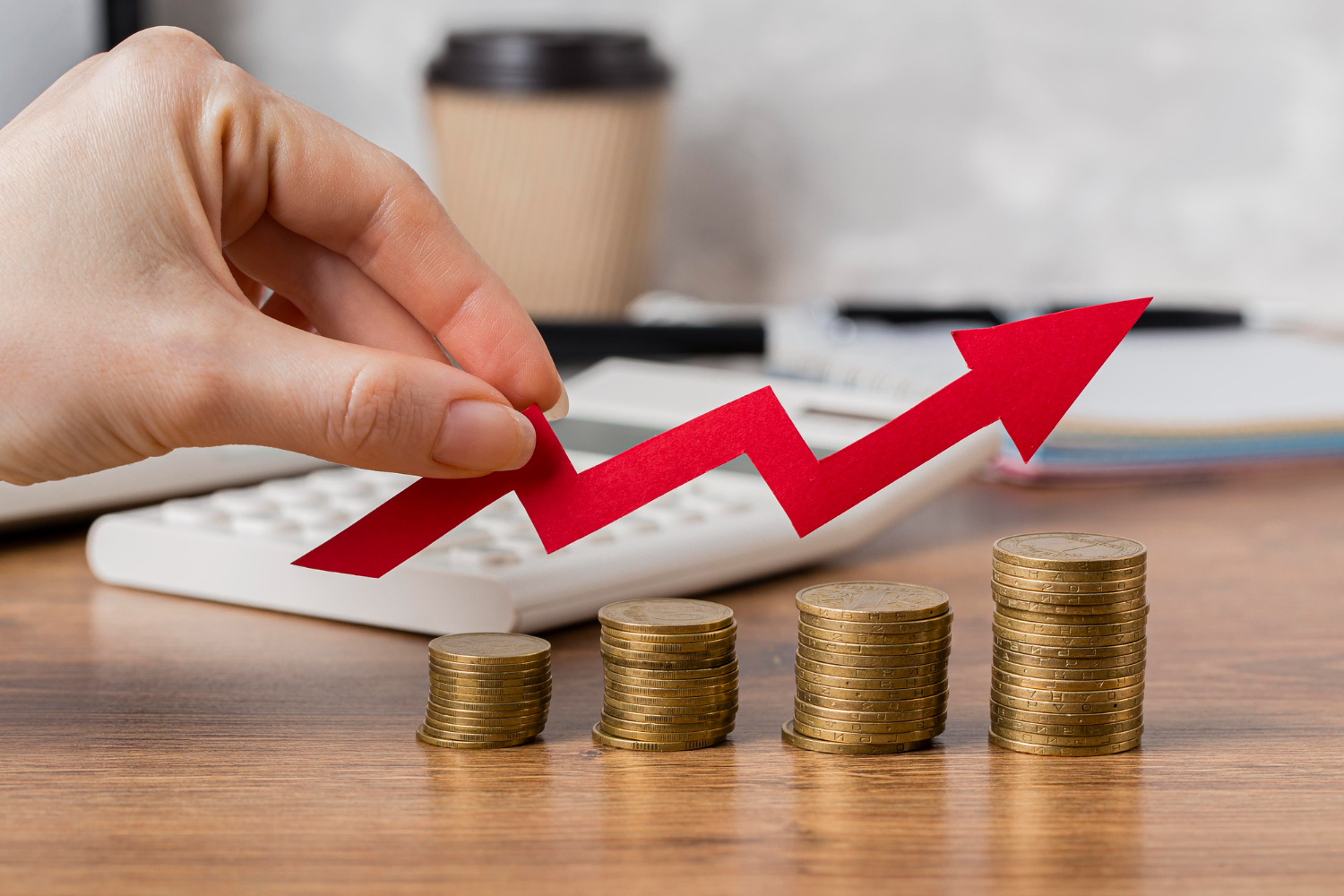Data released by BPS-Statistics Indonesia reveals that the national economy grew by 5.12% year-on-year (yoy) in the second quarter of 2025, accelerating from 4.87% in the previous quarter.
Bank Indonesia projects that the full-year growth for 2025 will range between 4.6% and 5.4%.
Key Drivers of Indonesia’s GDP Growth in the Second Quarter of 2025
Domestic economic activity played a significant role in this growth, supported by robust import-export performance.
Household consumption rose 4.97% yoy, boosted by increased mobility during national religious and school holidays. Investment surged by 6.99% yoy, reflecting positive capital investment realization.
Conversely, government consumption contracted slightly by 0.33% yoy, attributed to normalized spending after the 2024 general election. Consumption by non-profit institutions serving households (NPISH) grew strongly at 7.82%.
Exports expanded impressively by 10.67%, fueled by rising demand from major trading partners and increased international tourist arrivals. Domestic demand also drove import growth during this period.
Regional Economic Performance and Sectoral Contributions
All economic sectors reported positive growth in Q2 2025. The manufacturing industry, trade, and information and communication sectors were the main contributors, maintaining solid performance thanks to strong domestic and external demand.
Regionally, economic expansion accelerated across all areas compared to the previous quarter, led by Java, followed by Sulawesi-Maluku-Papua, Sumatra, Kalimantan, and Bali-Nusa Tenggara.
Global and Domestic Perspectives on Indonesia’s Economic Outlook
International media noted Indonesia’s stronger-than-expected growth. Vietnam’s VNA stated, "Indonesia's economy grows faster than expected," while Malaysia’s Business Today highlighted the 5.12% Q2 growth.
According to VNA, household consumption contributed 2.64 percentage points to GDP growth, with gross fixed capital formation adding 2.06 points.
KADIN’s Saleh Husin commented on the surprise, saying, “Growth exceeding 5% is a positive surprise, considering that household consumption has not fully recovered and investment awaits clear policy direction.”
Reuters reported that the Q2 growth was the fastest in two years, attributing this to supportive net export balances.
DBS Bank economist Radhika Rao noted the growth “defies worries about weakening economic indicators like car sales and consumer confidence.”
Meanwhile, the International Monetary Fund (IMF) raised its Indonesia growth forecast for 2025 to 4.8%, slightly higher than its previous estimate of 4.7%, citing increased global demand and easing trade tensions as key factors.
Challenges Amid Strong Growth: Consumer Sentiment and Employment Trends
Despite robust macroeconomic data, skepticism remains among consumers. Bloomberg and the Financial Post highlighted that many Indonesians do not feel the benefits of this growth.
Rohatta, a fried rice restaurant owner in Jakarta, described his business as “the worst since the pandemic,” with daily customers dropping significantly and reduced spending per visit.
Retailers such as Matahari Department Store experienced sales declines in the first half of 2025, while instant noodle producer PT Indofood CBP Sukses Makmur posted only a modest 1.7% sales increase. Alphonzus Widjaja, chair of the Indonesian Shopping Centers Association (APPI), observed a rise in mall visits but weaker spending, suggesting a shift in consumer behavior.
The IMF also projected Indonesia’s unemployment rate to rise to 5% in 2025 and 5.1% in 2026, marking one of the highest rates in the developing Asian region.
This increase signals ongoing challenges in job creation despite economic growth.
PHOTO: FREEPIK
This article was created with AI assistance.
Read More






 Monday, 11-08-25
Monday, 11-08-25







